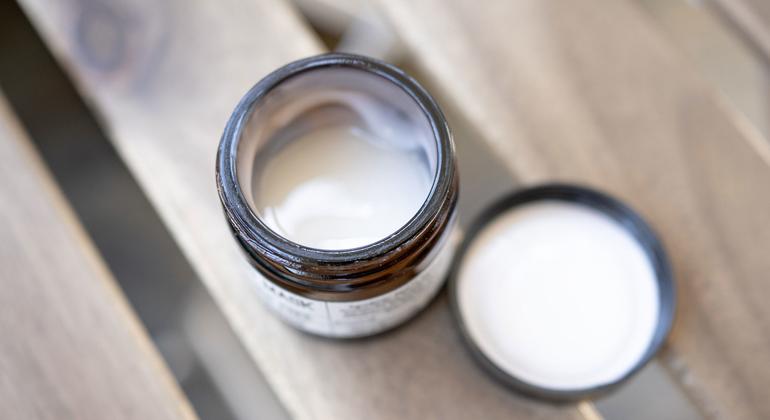
“This initiative is significant as it focuses not only on substitutions for harmful ingredients, but on awareness building that can help change behaviours that are damaging to individual health as well as the planet,” said Carlos Manuel Rodriguez, GEF Chief Executive Officer (CEO) and Chairperson.
Consumers unaware of risks
Sema Jonsson, founder of the Pantheon of Women Who Inspire, a co-financier of the project, said the organisation wanted people to admire and be proud of their natural skin tone. The use of mercury in skin lightening products is a serious public health issue that requires urgent attention, said Sheila Aggarwal-Khan, Director of the agency’s Industry and Economy Division. They have been used around the world for years, by both men and women – not only to lighten their complexions but to fade freckles, blemishes and age spots, and to treat acne. The compound can also travel far from where it was dispersed and accumulate in the earth, water and soil without breaking down.
Exceeding the limit
An international treaty known as the Minamata Convention has set mercury limits in skin lightening products to one milligram per kilo. They can cause skin rashes, discolouration and scarring, as well as nervous, digestive and immune system damage, but also anxiety and depression. With demand projected to grow to .8 billion by 2026 – fuelled by a growing middle class in the Asia-Pacific region and changing demographics in Africa and the Caribbean – the use of harmful chemicals in skin lightening products is a global issue. UNEP cited a 2018 test of 300 products from 22 countries which found roughly 10 per cent exceeded this limit, with many containing as much as 100 times the authorized amount.
Changing damaging behaviours
“While governments have agreed limitations on mercury use through the Minamata Convention, companies continue to manufacture, trade and sell toxic products to consumers,” she remarked. The initiative will support a holistic approach to phase out the harmful chemical and promote the beauty of all skin tones. UNEP will lead the three-year project, with funding from the Global Environment Facility (GEF). It will be carried out by the World Health Organization (WHO) and Biodiversity Research Institute (BRI). Skin lightening products inhibit the body’s production of melanin, the pigment that plays a role in determining skin, hair and eye colour. Skin lightening products do not just pose a risk to users. Children can be exposed through breastmilk, and food chains can become contaminated when cosmetics are washed off into wastewater, said UNEP.
Increasing awareness
Attempting to shift broader cultural norms on skin complexion is another goal, which will be addressed through engaging organisations, healthcare professionals and influencers working in the field. “The health impacts of mercury have been known for centuries but more people should become aware now,” she added. “We need a new ideal to follow, one which is equated with humanity and not the fairness of one’s skin.”
Shifting cultural norms
The project will bring the three countries together to align their policies on the cosmetic sector with best practice, creating an enabling environment to phase out mercury. However, many are often unaware that these cosmetics can contain mercury, which poses risks to human health and the environment. WHO has called for urgent action on mercury as one of the top chemicals of public health concern, said Dr. Annette Prüss, Acting Director of the Department of Environment, Climate Change and Health at the UN agency.